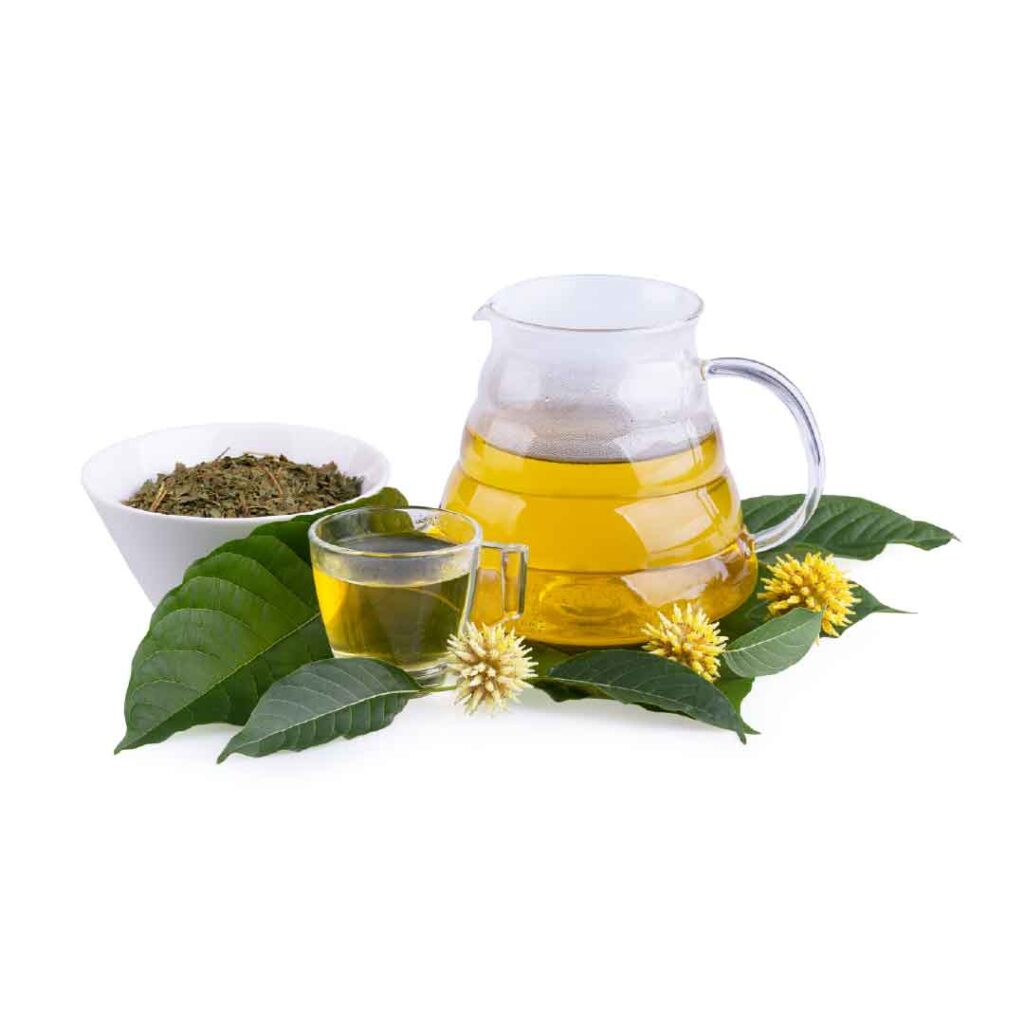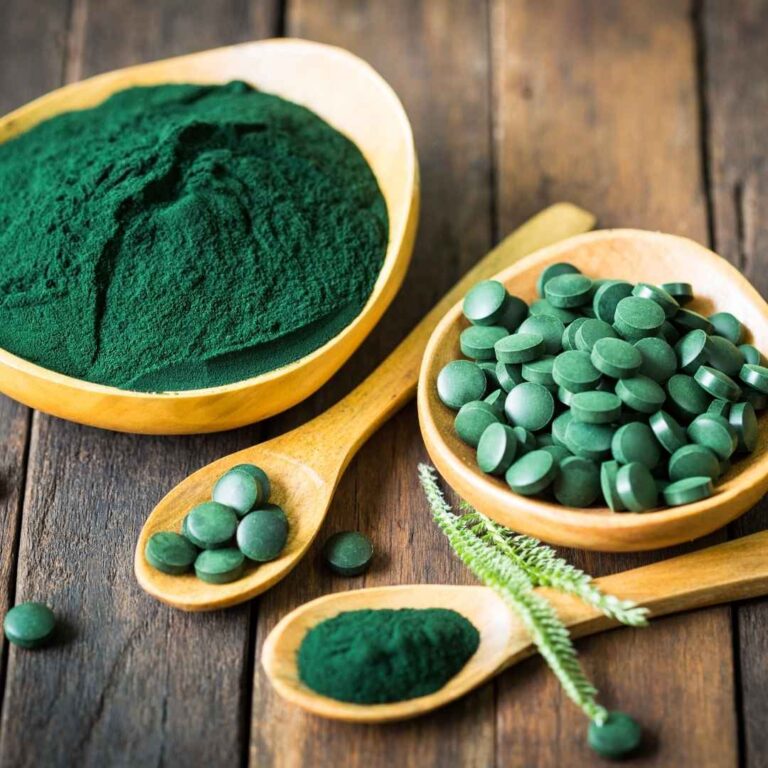Kratom tea gained popularity as a way to consume kratom in a relaxing and tasty way. It is made from the leaves of the Mitragyna speciosa tree and offers a natural solution to those looking to relax, boost their energy, or relieve pain. But what is kratom tea and how can it be prepared at home?
In this post, we will discuss the potential advantages of kratom tea alongside the incremental guides for its brewing and tips to maximize the experience. This guide is here to ensure that both enthusiasts and beginners delve into the universe of kratom tea without any difficulties.
What is kratom tea?
Brewing leaves traditionally make kratom tea from the kratom tree (Mitragyna speciosa). It’s native to parts of Southeast Asia, including Indonesia, Malaysia, and Thailand. Kratom also goes by other name, including Maeng Da.
Field laborers consumed kratom leaves to boost their energy levels, increase heat tolerance, and help with fatigue.
The leaves were used as an herbal treatment for numerous ailments including cough, diarrhea, diabetes, and hypertension. They were also used as a replacement for opium which is an extreme painkiller or for opium withdrawal.
Kratom leaves are generally chewed, crushed, and brewed into tea or smoked. But today the kratom leaves are being ground and placed in pills and powders.
Why People Drink Kratom Tea?
There are numerous reasons people drink kratom tea. In Southeast Asia, kratom has then been traditionally used in fresh or dried kratom tree leaves to promote energy and work productivity in tea. Kratom has also been used historically to treat morphine dependence and as an opium substitute.
Kratom has gained popularity in Western societies. People cite the following reasons for its use:
- For pain relief
- To manage symptoms of anxiety and depression
- To stop or reduce the use of opioids or other substances
- To manage withdrawal symptoms and cravings associated with opioids or other drugs
Kratom has gained popularity due to its unique blend of opioid and stimulant-like effects, which many find appealing. One reason for its appeal is that it can be easily consumed in a soothing tea form. Stimulant-like effects include increased energy and alertness, while opioid-like effects include pain relief and relaxation.
Kratom is incredibly versatile when it comes to how you can take it. You can opt for capsules, mix the powder into your favorite foods or drinks, or even go the traditional route by chewing on fresh kratom leaves straight from the tree.
People may choose to drink kratom tea as opposed to using other forms as it may feel more natural and less like taking a substance.
How To Make Kratom Tea?
Making Kratom tea isn’t as difficult as you think. You can easily prepare Kratom drink with Kratom leaves, crushed Kratom leaves (like tea leaves), Kratom tea bags, or Kratom powders.
Using premium Kratom powders ensures that they dissolve nicely, taste clean and pure, and deliver rich effects.
Methods For Making Kratom Tea
Making Kratom drink can be done in several ways, but let’s start with the simplest method. The ‘Stir’ technique allows you to measure your Kratom intake precisely, so you can easily stick to the recommended dose of 2.4 grams or less per serving.
This method might give your tea a slightly earthier taste and texture. Many Kratom enthusiasts have found creative ways to mask the flavor or customize it to suit their preferences.
1. Stir Method
Because this method only requires heated water (using the stove, microwave, or hot tap water) you can easily make it at home or on the go. Just measure, mix with warm water, and drink up!
We like this method because you can be more precise and careful with your dosing, and because the potential risk of alkaloid loss due to boiling is eliminated.
Once your tea is mixed, sweeten and flavor it to taste, if desired, then drink the whole cup to get in your full dose.
2. Brewing
To skip consuming the physical plant matter of Kratom, you’ll have to go with a less precise brewing or steeping method.
Note: It’s impossible to know how much Mitragynine and other alkaloids are present in one Kratom leaf without lab testing it. This is why we cannot recommend how much loose-leaf or whole-leaf Kratom you should use, or predict how potent the resulting beverages will be.
3. Other methods of making kratom tea
- Use pre-made Kratom tea bags that you’ve purchased or made yourself.
- Create a Kratom tea mixture by emptying capsules into hot water.
- Brew with a coffee maker for a coffee-infused flavored Kratom tea. Use crushed Kratom leaves or powders in place of coffee grounds.
How to Make Your Kratom Tea Taste Better?
To mask the taste of Kratom, add any of the following to your Kratom tea to mask the flavor, jazz it up a bit, or create your own Kratom beverages.
- Splash of citrus juice for flavor (lemon, lime, orange, or grapefruit)
- Citrus wedges for flavor and garnish
- Sprig of mint or other herbs you enjoy
- Spices like ginger, cinnamon, nutmeg, or turmeric
- Herbal teas or chamomile to blend with (except Kava tea, which should be enjoyed separately or alternating with your Kratom dosing schedule)
- Sweetener (honey, agave, sugar)
Potential Benefits of Kratom Tea
While scientific research on kratom is still ongoing, many users report experiencing a range of benefits from drinking kratom drink. Here are some of the most commonly cited potential benefits:
- Relaxation and Stress Relief
- Pain Relief
- Energy and Focus
- Mood Enhancement
- Improved Sleep
Kratom Tea Drink Risks and Side Effects
The risks and side effects associated with kratom tea are as follows:
- nausea and vomiting
- constipation
- dizziness
- drowsiness
- confusion
- tremors
- seizures
- high blood pressure
- slow breathing
Kratom may also be toxic in higher doses. The following serious adverse effects are possible, although these may be more likely when people combine kratom with other prescription or recreational drugs:
- liver failure
- hepatitis
- kidney injury
- damage to the heart muscle
- lung injury
- respiratory distress syndrome
- cognitive impairment
- brain injury
- seizure
- coma
Bottom Line
Kratom tea is a versatile and enjoyable way to experience the potential benefits of kratom. Whether you’re looking for relaxation, pain relief, or a natural energy boost, brewing kratom drink at home is simple and customizable.
By following the steps and tips outlined in this guide, you can create a delicious and effective kratom drink tailored to your preferences.
As with any natural supplement, it’s important to use kratom for tea responsibly and stay informed about its effects and legal status.






2 Responses